Our Services
Proudly Serving Arlington and surrounding cities
Our Pest Control Services
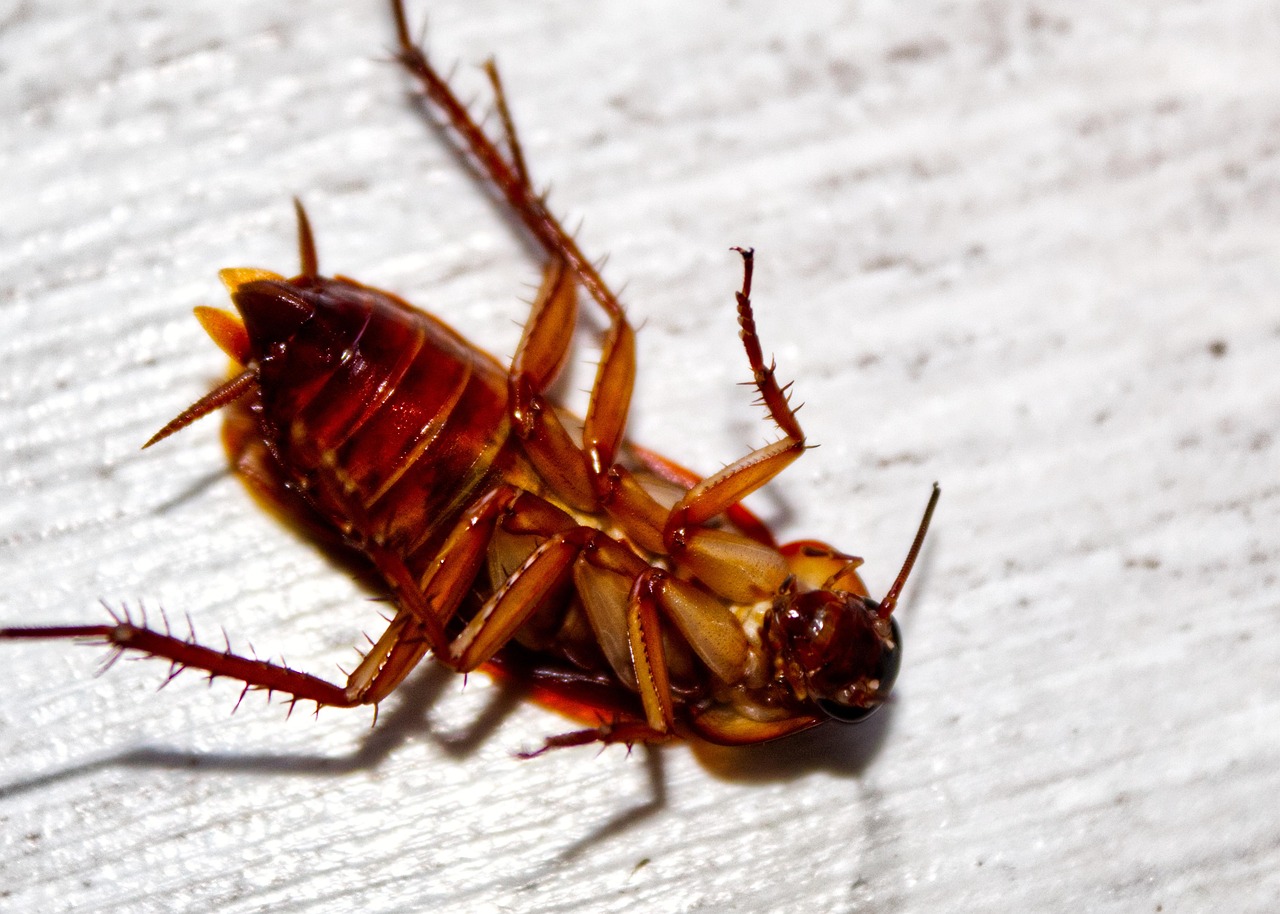
Cockroaches
Suddenly seeing roaches in your home can be unsettling, and several factors might contribute to their presence. Roaches are attracted to food, so accessible food in your home, whether it’s crumbs, spills, or unsealed containers, can draw them in. Additionally, roaches need water to survive, making leaky pipes, standing water, and damp areas particularly attractive to them. They thrive in warm environments, so if the weather has turned colder outside, they might seek warmth inside your home. Roaches also look for dark, hidden places to live and breed, and clutter, cardboard boxes, and piles of papers can provide ideal hiding spots.
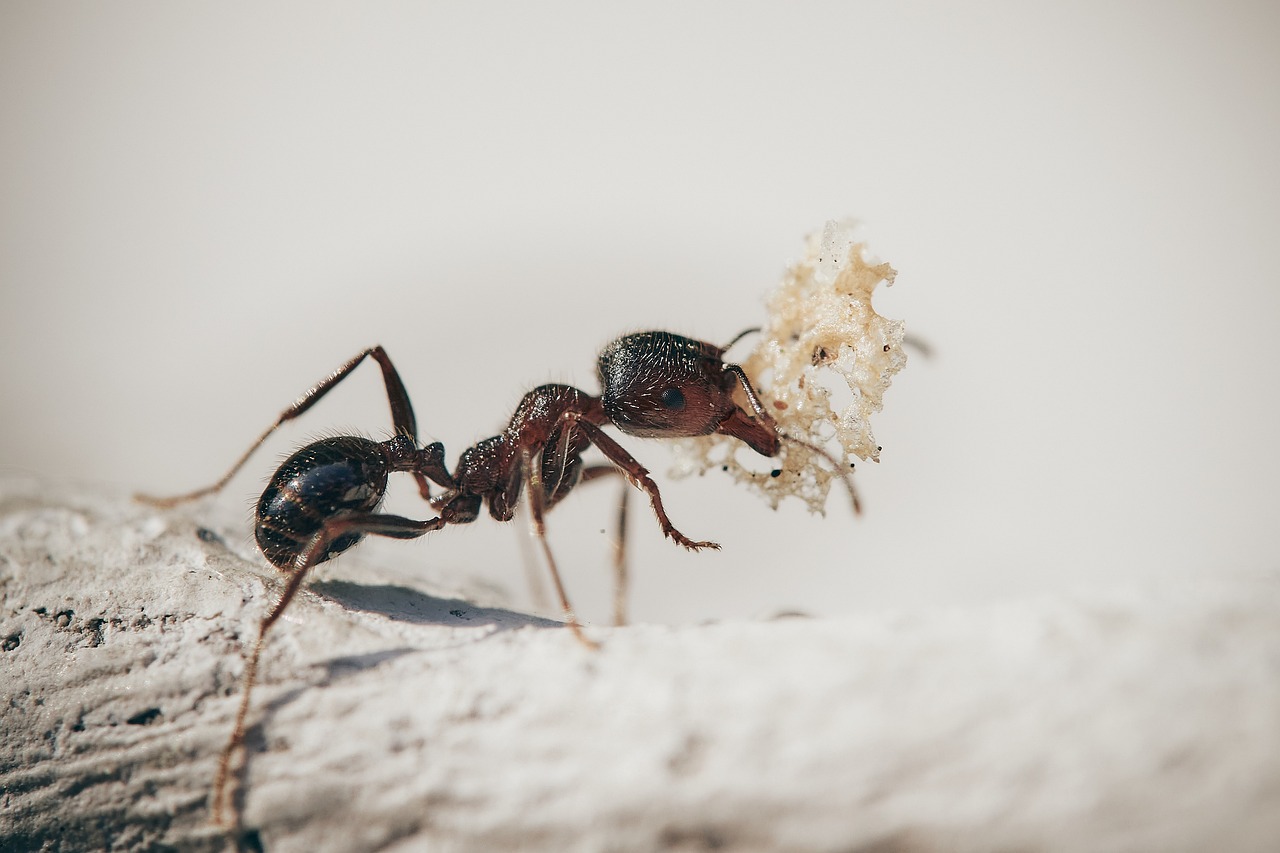
Ants
Ants can invade your house for a variety of reasons. They're attracted to food, particularly sugary, greasy, and protein-rich items. If food is left uncovered, spills aren't cleaned up, or crumbs are left behind, ants can be drawn into your home. Additionally, ants need water to survive, so damp areas around sinks, leaky pipes, or other moisture-rich spots can attract them. They also seek out safe, sheltered places to build their nests, and your home provides a stable environment with plenty of hiding spots. Seasonal changes, such as during spring and summer, can make ants more active, causing them to venture indoors in search of food and water.
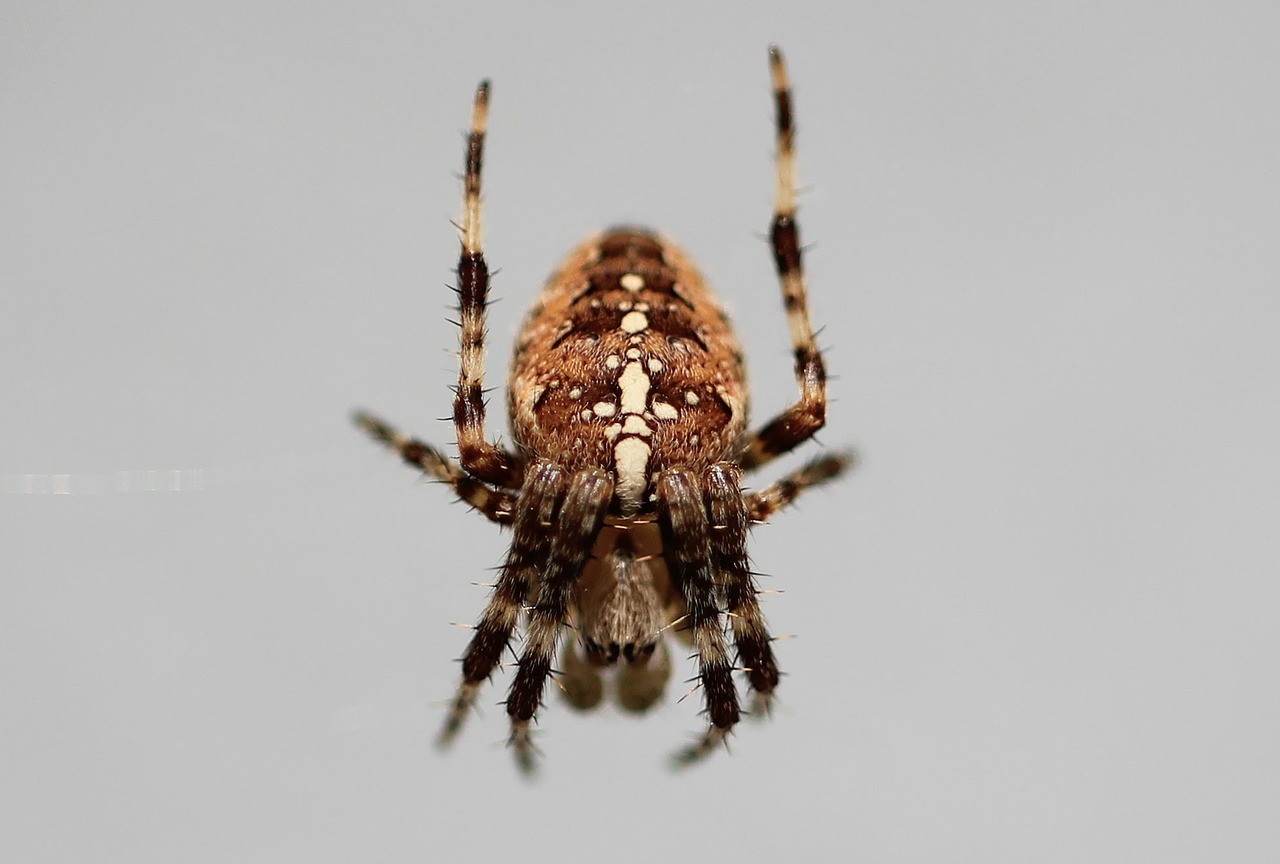
Spiders
There are several reasons why you might have spiders in your home. Spiders are primarily attracted to places that offer shelter, food, and suitable living conditions. One major factor is the presence of insects, as spiders feed on them. If your home has a lot of insects, it can attract spiders.
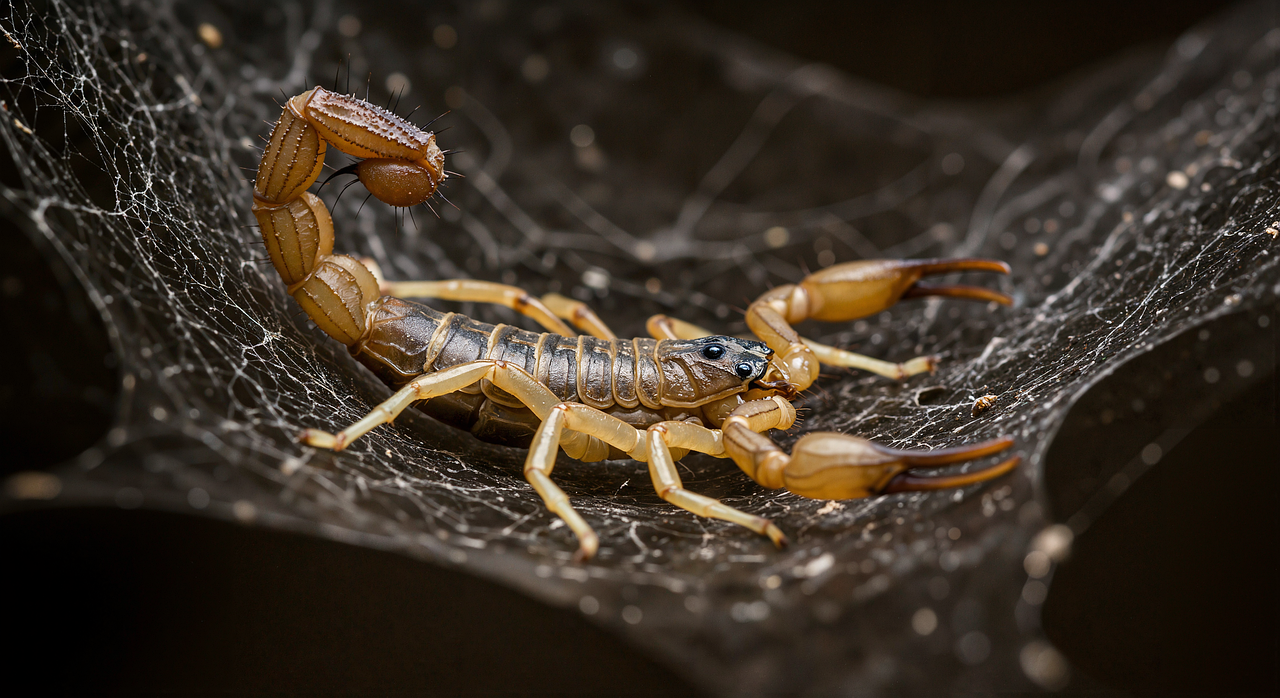
Scorpions
Scorpions may enter your home for various reasons. They often seek shelter from extreme weather conditions, such as cold, rain, drought, or heat, and prefer dark, cool places like basements and attics. Additionally, scorpions are predators that feed on insects, so if your home has an insect infestation, it can attract scorpions in search of food. Moisture is another factor, as scorpions need it to survive; leaky pipes, poorly drained lawns, and even pet water bowls can draw them in. Small entry points, such as crevices in windows, doors, and siding, can also allow scorpions to enter your home.
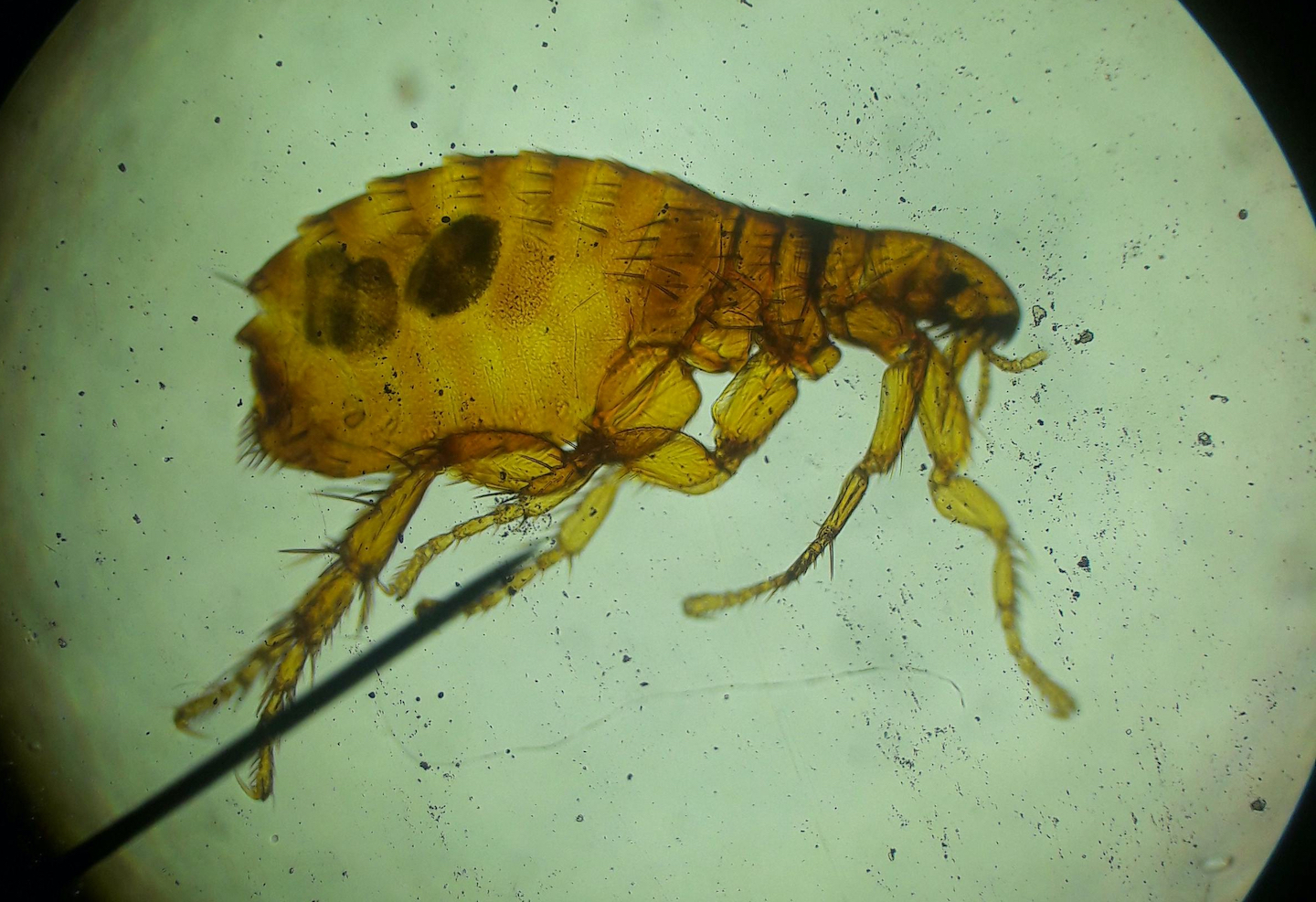
Fleas
Fleas can be a significant nuisance, and their presence in your home can be due to several factors. Pets like dogs, cats, or other furry animals are common carriers, bringing fleas indoors from outside. Wildlife such as squirrels, raccoons, and rodents can also carry fleas that make their way into your home. Visiting areas with flea infestations, such as a friend's house, park, or kennel, can result in fleas hitching a ride on your clothing or belongings. Fleas thrive in warm, humid environments, so if your home provides these conditions, it can encourage infestations.
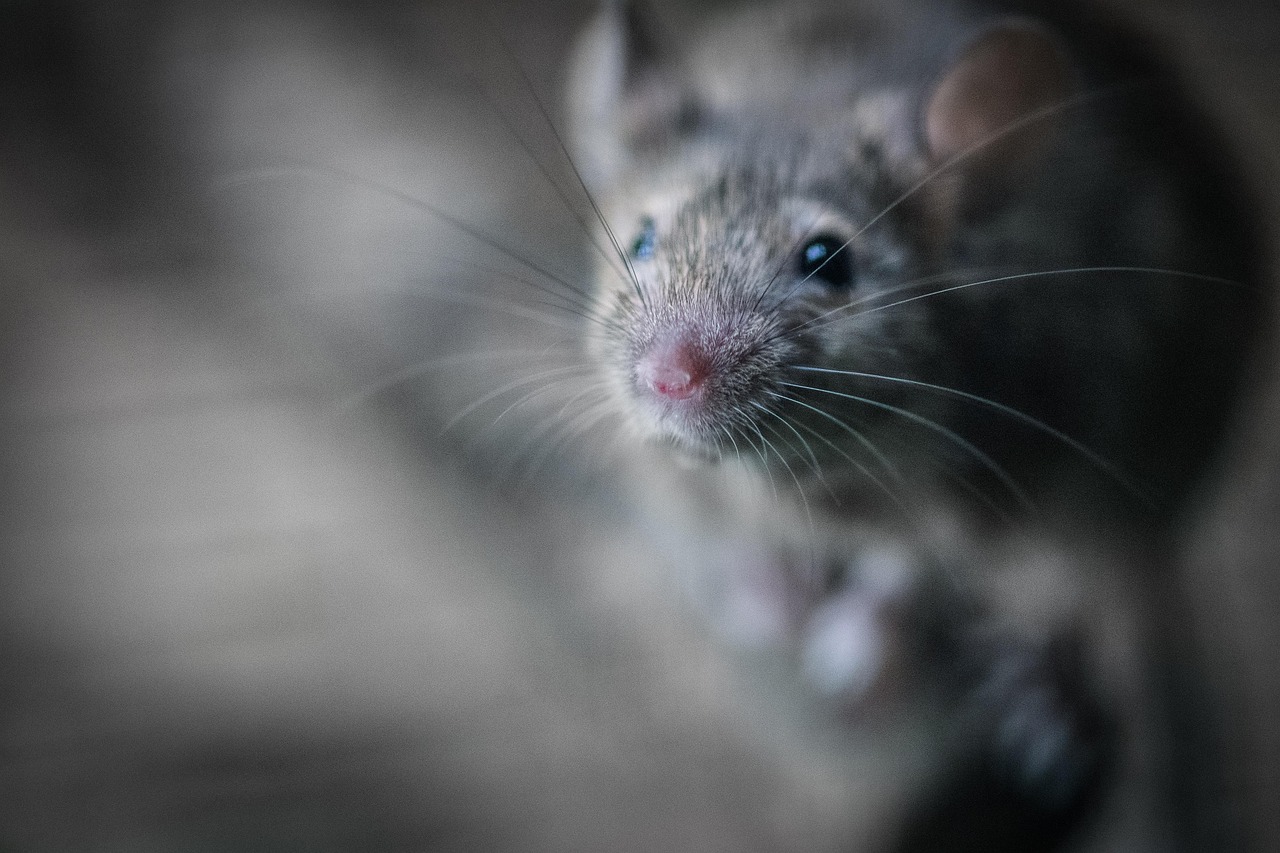
Rodents
Rodent control refers to the methods and practices used to prevent, manage, or eliminate rodents, such as rats, mice, squirrels, and other similar creatures, from invading homes, businesses, or agricultural areas. Rodents can cause significant damage to property, crops, and food supplies, and they may carry diseases that pose health risks to humans and animals.
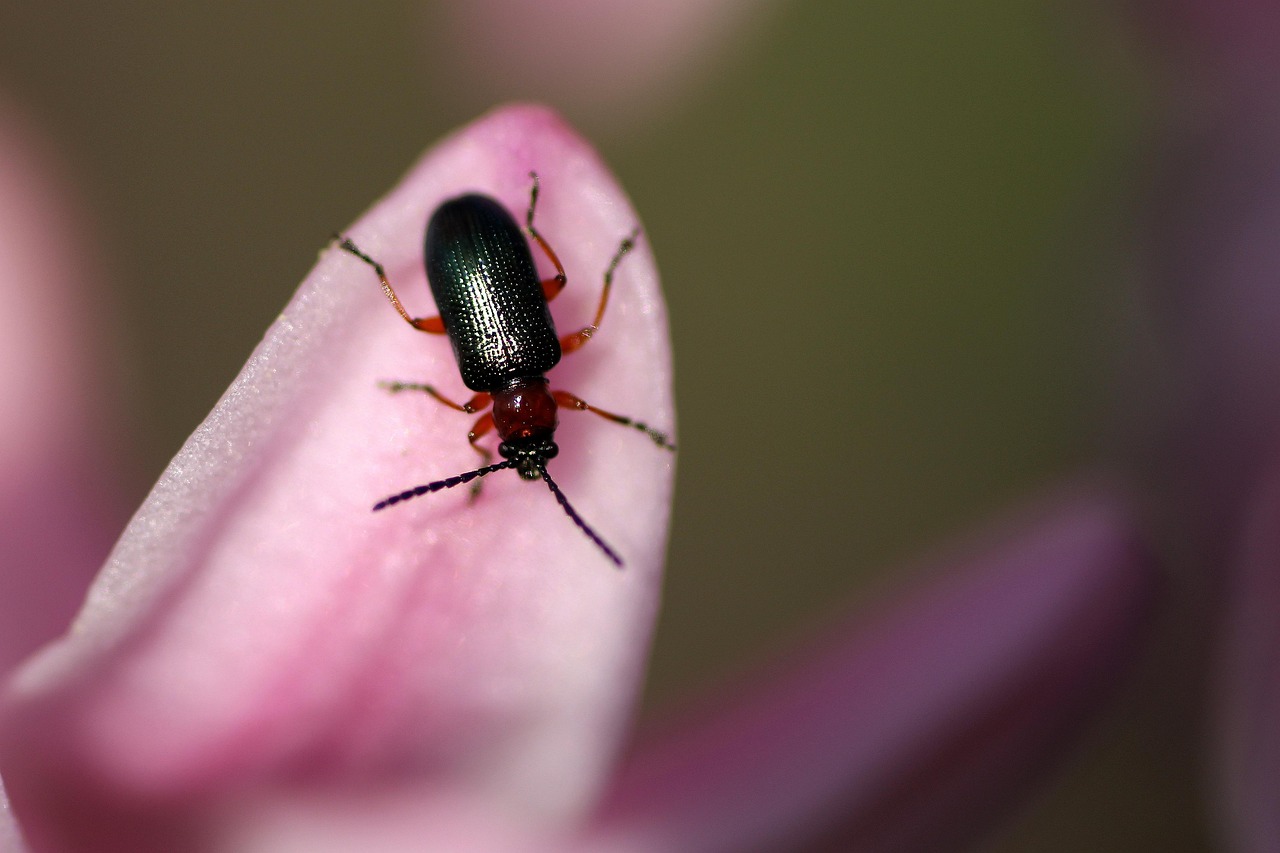
Beetles
Beetles can find their way into your home for several reasons, such as seeking shelter, food, or a place to reproduce. They are often attracted to food sources like grains, flour, cereals, and pet food, especially if these items are not stored properly. Moisture can also draw beetles to your home, as some species prefer damp areas, which can result from leaky pipes, high humidity, or standing water.
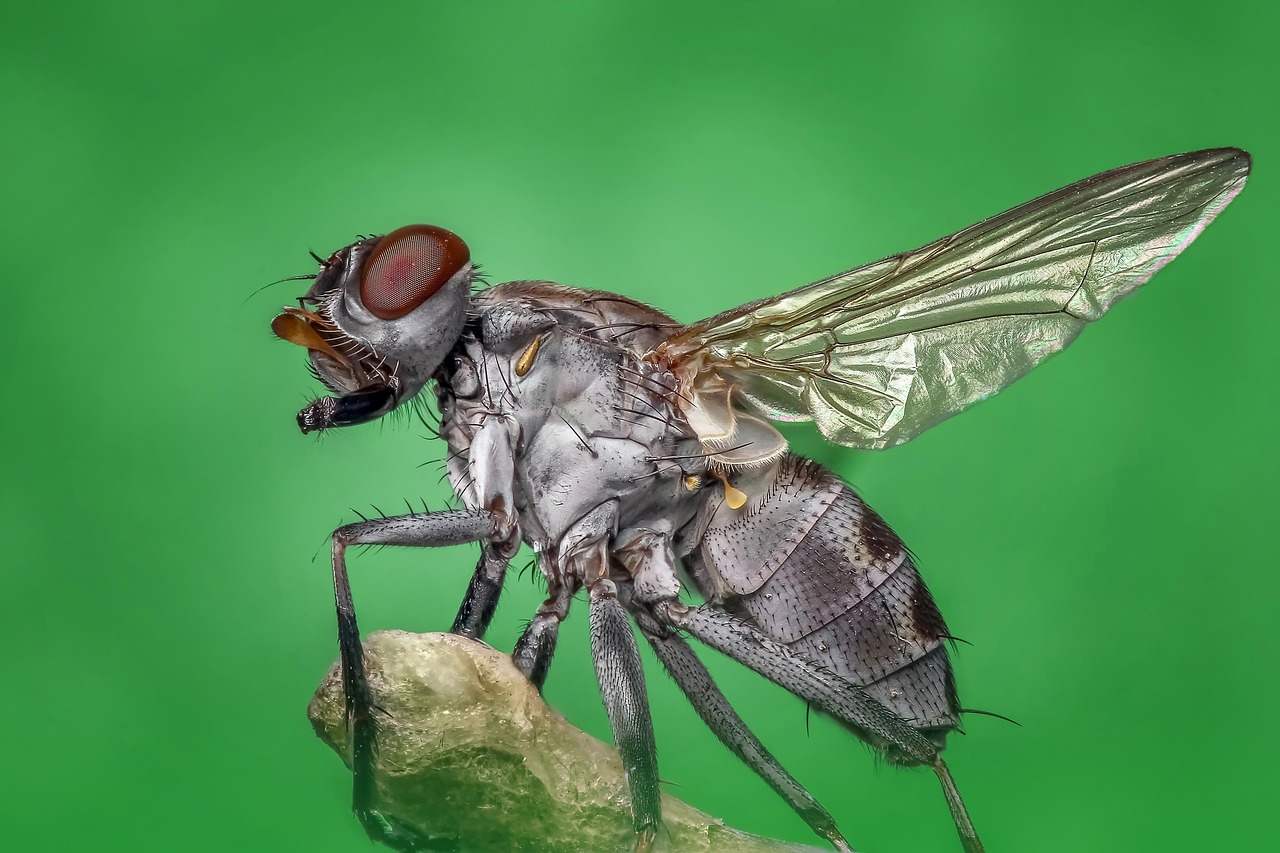
Flys
Suddenly seeing flies in your home can be frustrating, and several factors might be responsible. Flies are attracted to food, especially if it's left uncovered or not properly stored, and can also be drawn to garbage, compost, and pet food. They need moisture to survive, so leaky pipes, standing water, or damp areas can attract them. As scavengers, flies feed on decaying organic matter, including rotting fruit, vegetables, or even a dead rodent inside your walls or under floors. Warm temperatures enable flies to thrive, with their life cycle being quite rapid, sometimes hatching into larvae within a few hours.
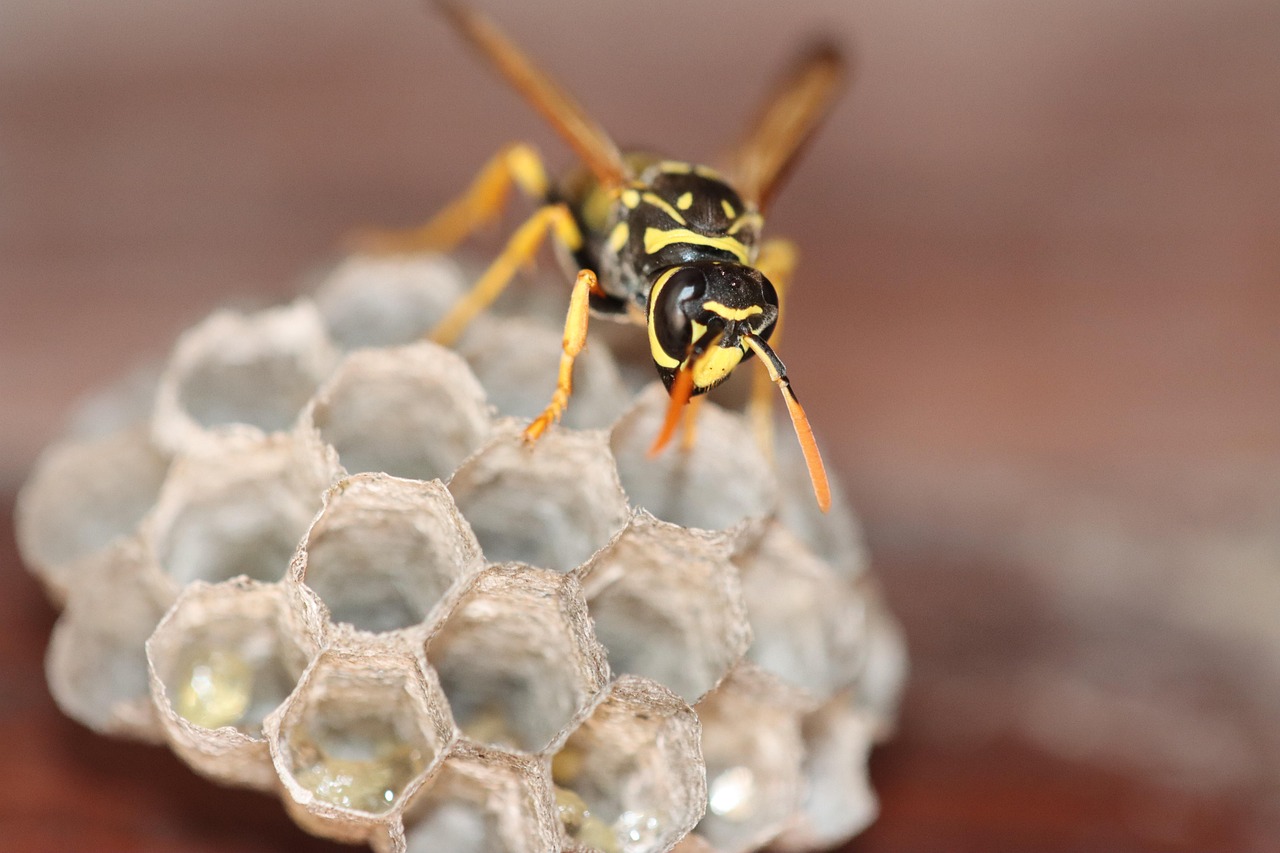
Wasps
Wasps might enter your home for several reasons, including seeking food, shelter, or a place to build their nests. They are attracted to sugary foods and drinks, as well as protein sources like meat, so exposed food or food waste can draw them inside. Wasps also look for safe, sheltered places to build their nests and might find small openings around windows, doors, or vents to get inside and set up a nest in an attic, wall void, or garage. Open doors and windows, especially if there are no screens or if the screens have holes, provide easy access for wasps.